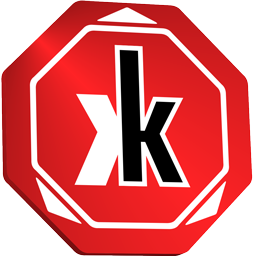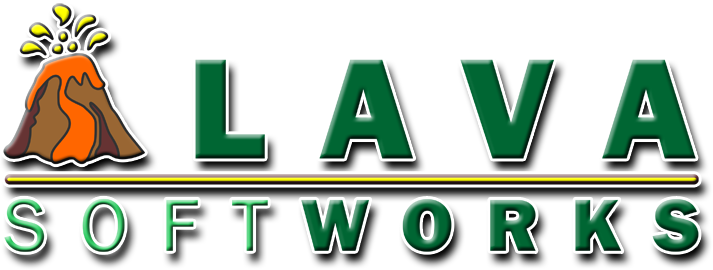Boards are the game arenas. Depending on the universe being seen, at least one board will be available for playing. To start a match, a user goes to a realm, opens a session and selects a universe. When the user creates a match, the first thing to select is the board to play in, then the fighting cards.
The amount of players for a match may vary by board. While most of the boards are designed for 1v1 matches, there may be boards designed for melee matches for more than three players. There is no limit in the amount of players that a board should hold, but after tests made by the development team, 8 players is a good maximum.
Playing modes
The base parameter for a board is the playing modes that the board will support. Every playing mode has 3 input parameters:
- Amount of players in a match.
- Amount of cards per player.
- Prize: how many cards will be taken by the winner and from whom.
Some examples are:
- 12 card slots board:
- 2 players, 6 cards per player. Prize: 1 card from the opponent.
- 3 players, 4 cards per player. Prize: 1 card from all the opponents.
- 18 card slots board: 3 players, 6 cards per player. Prize: 1 card from all of the opponents.
- 48 card slots board:
- 4 players, 12 cards per player. Prize: 1 card from each opponent (a total of 3 cards).
- 6 players, 8 cards per player. Prize: 3 cards from all the opponents.
- 8 players, 6 cards per player. Prize: 4 cards from all the opponents.
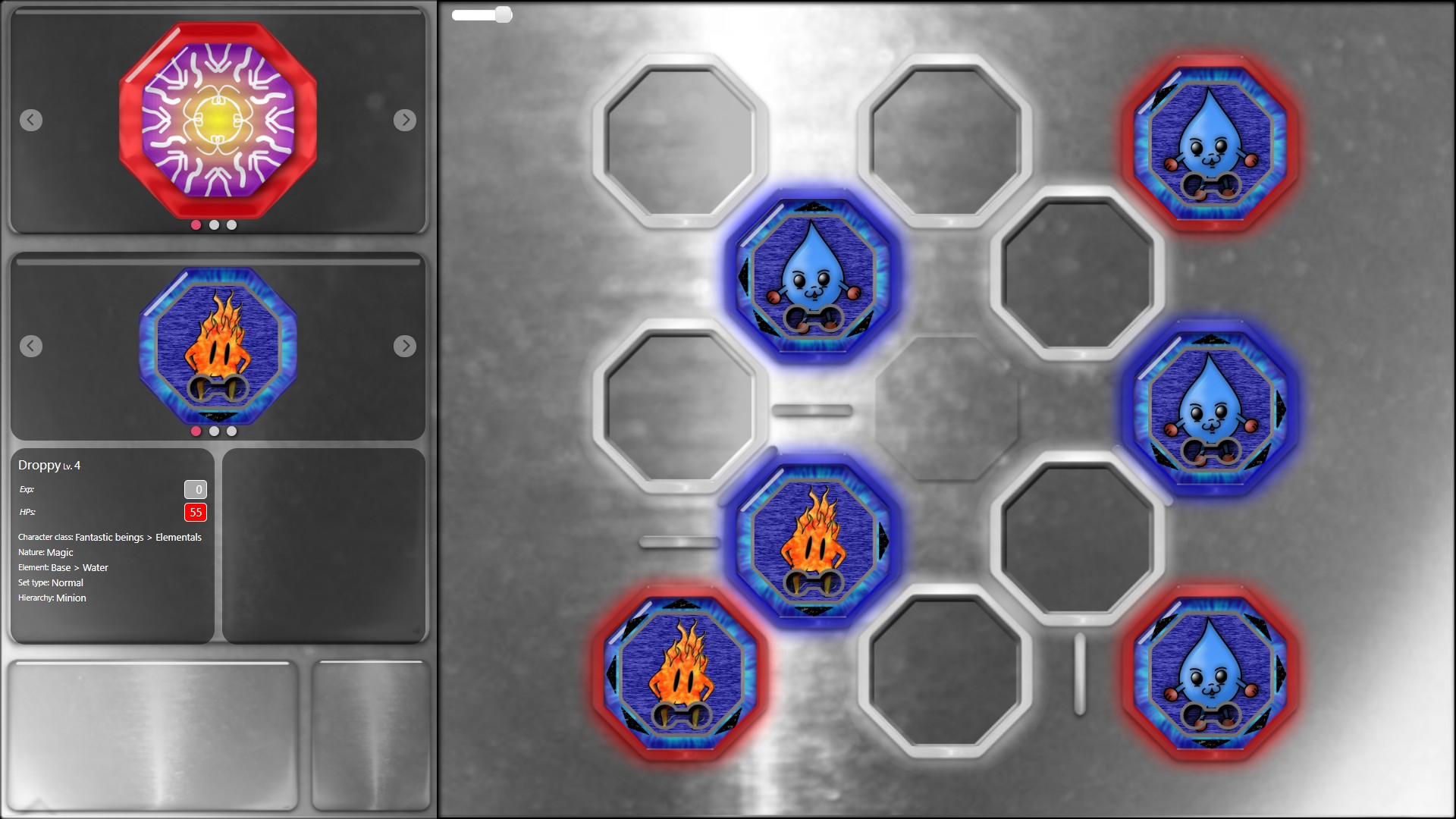
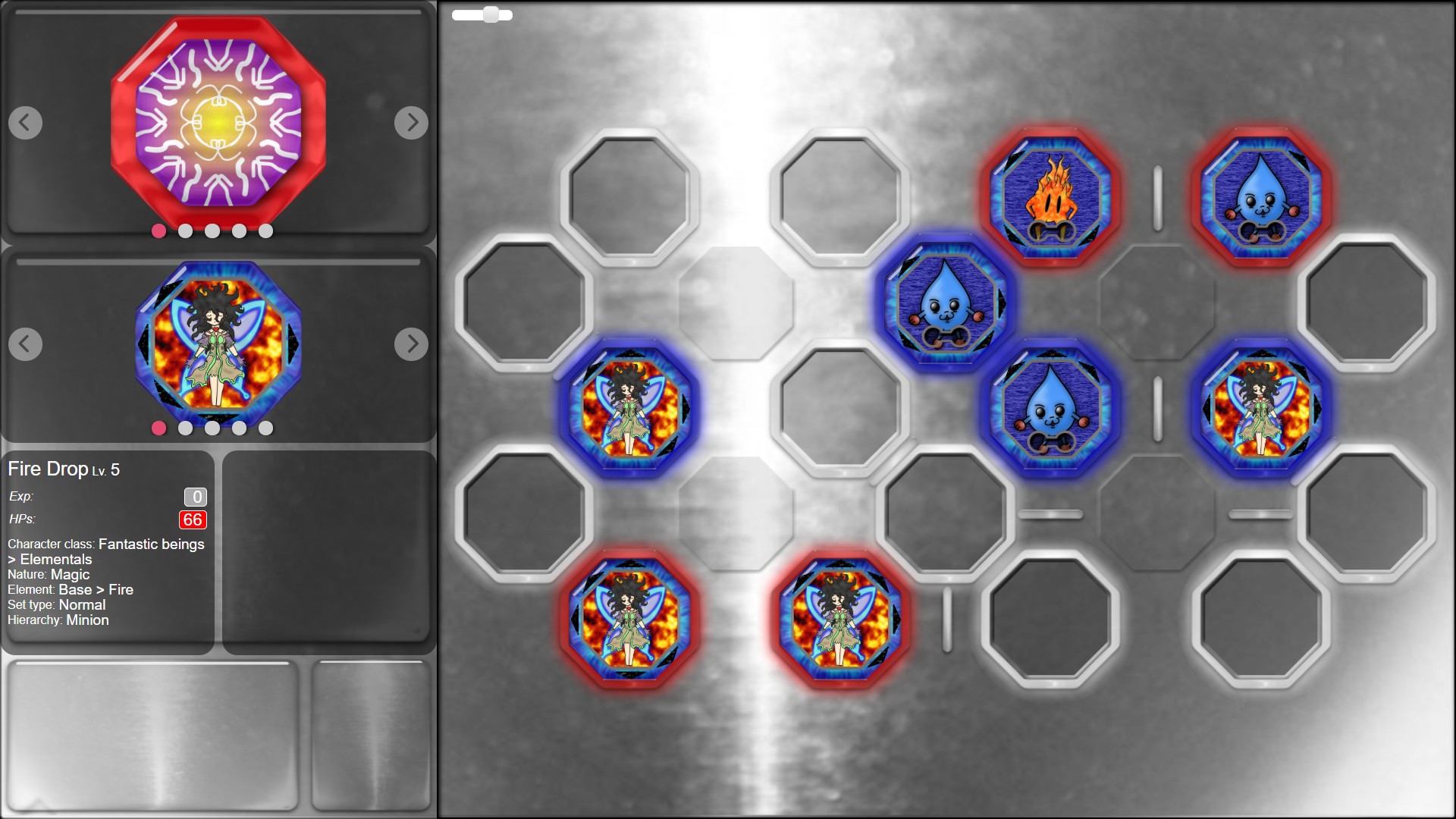
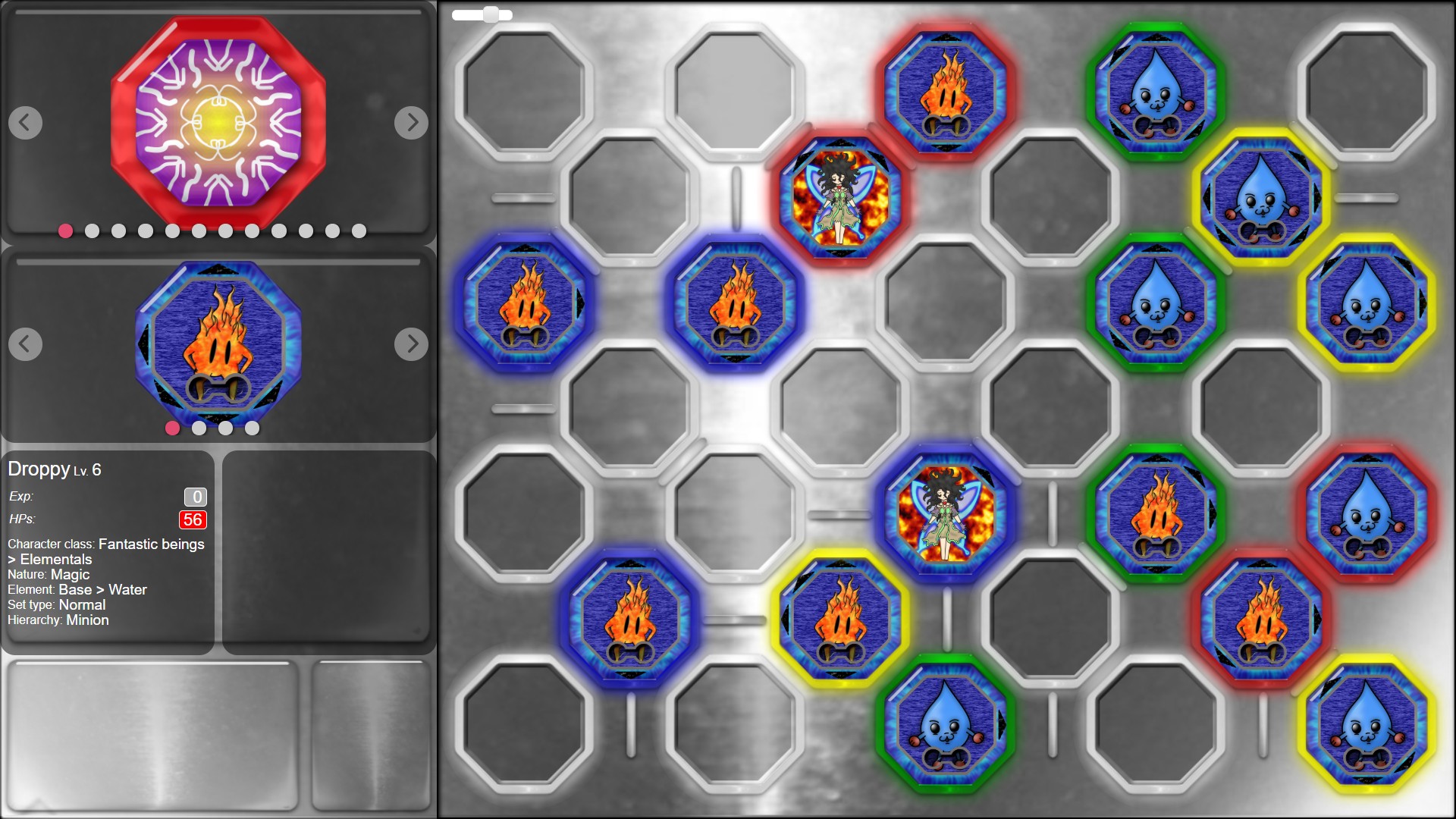

As you can notice, there is a tight correlation between playing modes and the board distribution, and it is led by the amount of card slots the board has. So, in a standard 12-slot board, only two playing modes can be supported: 2 players, 6 cards each and 3 players, 4 cards each. A mode of 4 players, 3 cards each is discouraged for a single reason: players should fight no less than 4 cards to keep things in balance.
Graphical elements
Boards use images in four groups:
- Backgrounds: a main background for the board and optional backgrounds for the cards placing area, the player cards area, the opponent cards area, the chat area and the controls area.
- Card images: a placeholder for the slots, a "blocked" slot and a drop target.
- Player card markers: used to light up cards from other players based on the player color.
- Walls: attack blockages.
Once all graphical elements are defined, they can be used to build up variations as shown in the playing mode examples above.
Layout and responsiveness
Though boards are mostly designed in landscape, full HD resolution (1920x1080px), the underlying renderer is fully based on responsive HTML+CSS, adaptable for any display size and fully customizable.
Full HD (1080p):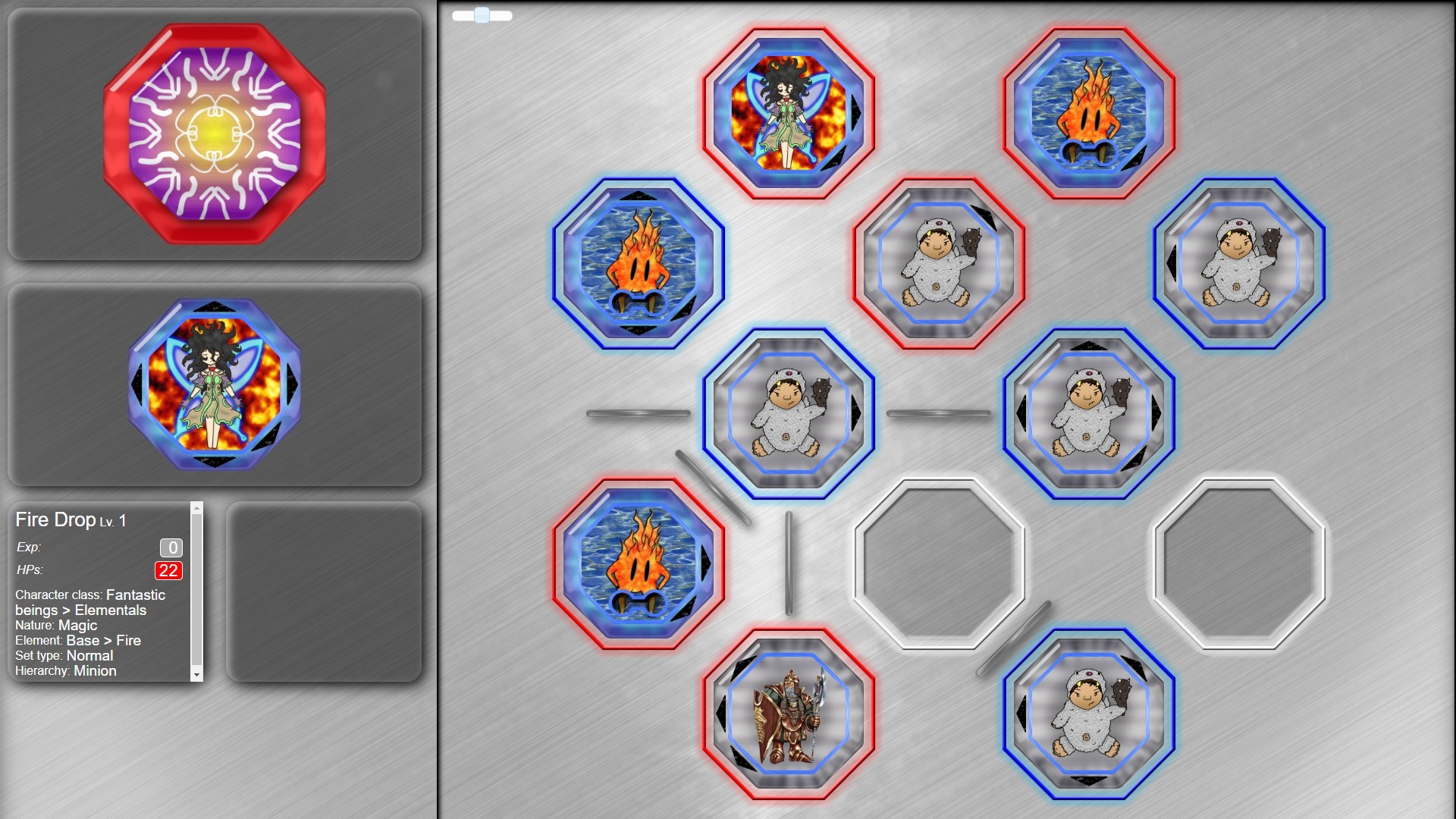 Tablet, horizontal:
Tablet, horizontal: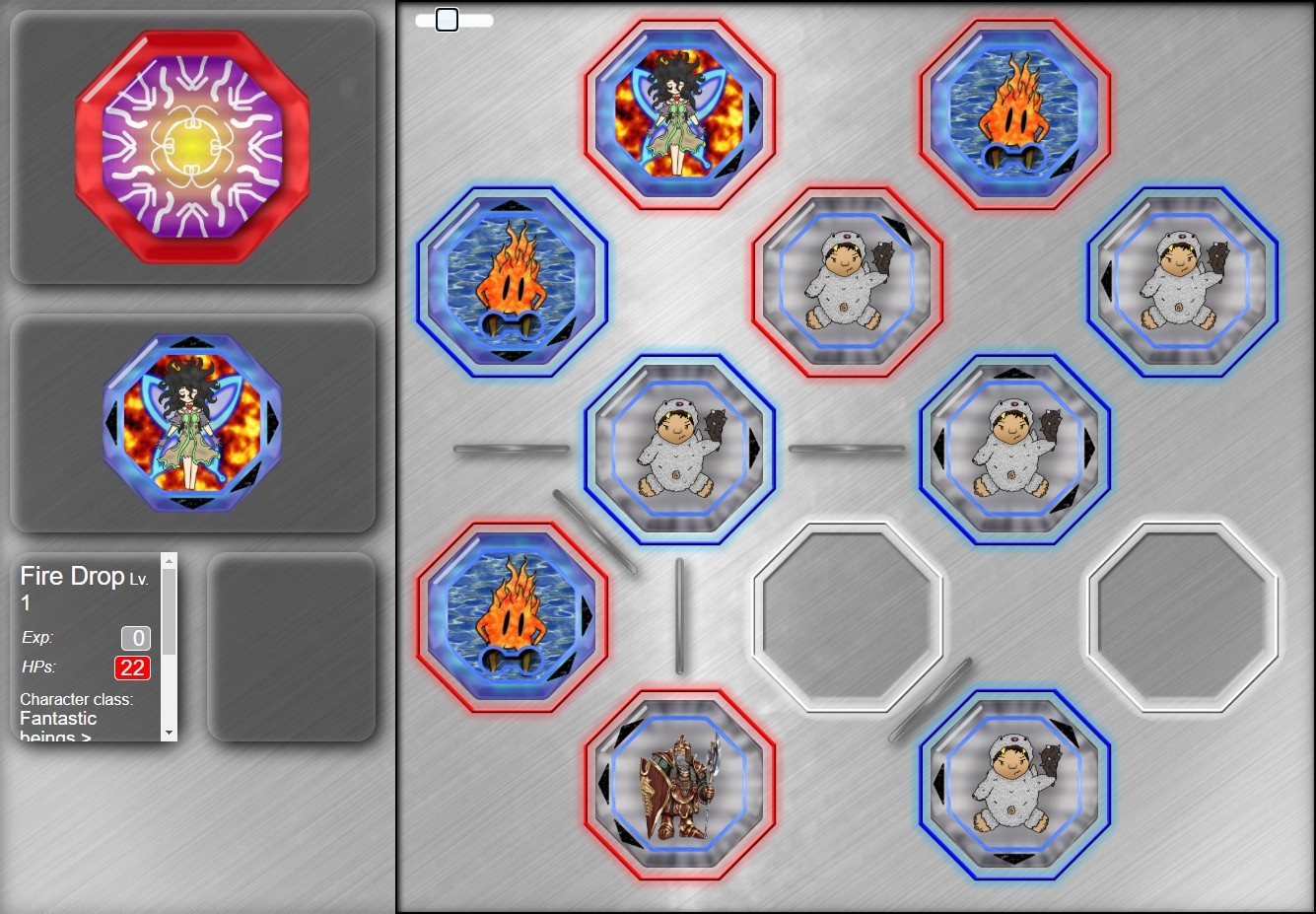 Phone, vertical:
Phone, vertical: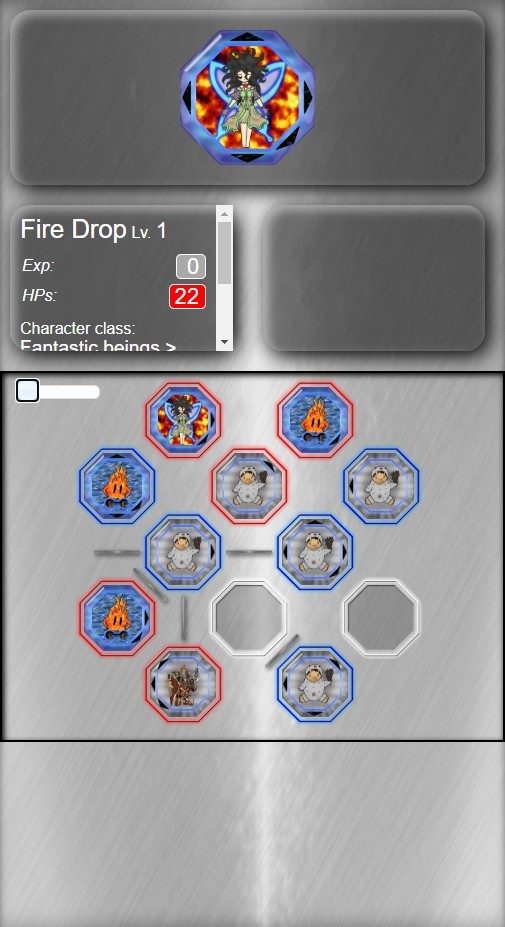
Extra configurations
Finally, some extras can be set to boards:
- Card exclusions: you can define which cards cannot be played on the board based on multiple filters: by nature, by set type, by level, by base element, etc.
- General modifiers: you can add attribute modifiers for all cards being played in the match, either bonuses or penalties.
- Per slot modifiers: similar to the general modifiers, but specified at slot level. Useful to define danger areas in scenario-based boards, E.G. elemental damage at the center of the board.
